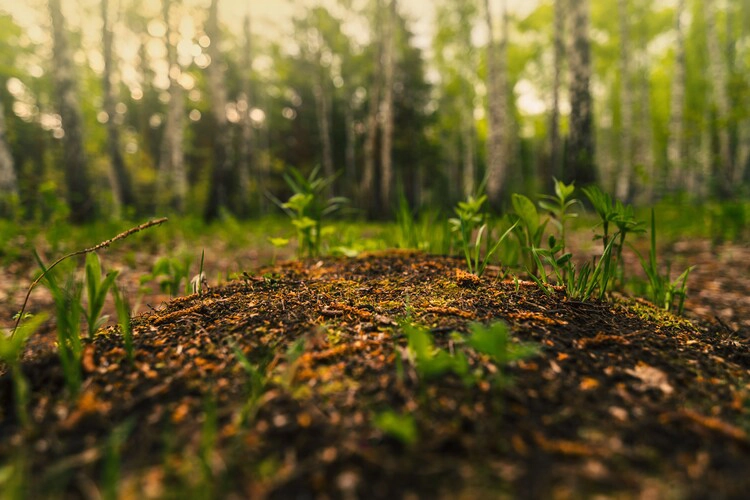
New study shows that forest soil will likely release more carbon due to global warming, a concern for global carbon emissions
By
A study conducted by the University of Michigan has found that more carbon is escaping forest soil than is being added by plants—a potential worry for the future of carbon emissions. Understanding the relationship between forests—which store an estimated 40 percent of the world’s soil carbon—and rising temperatures is pivotal to forecasting changes in the planet’s climate.
Across two sites in northern Minnesota, researchers investigated two different warming scenarios in comparison with more ambient conditions. They found that soil respiration – the process which increases carbon emissions – was seven per cent in the milder warming case, but 17 per cent in the extreme warming test. Soil moisture was also accounted for in the experiment, which decreases at warmer temperatures. However, it is these wetter soils that microbes prefer to live in.
The research led by Peter Reich took place over more than a dozen years, and involved a careful control of soil and above-ground temperatures in open air without any enclosure. With other studies only focusing on a smaller time period, or considering warming either in the soil or the air above it, Reich’s study is believed to be the most thorough and first of its kind.
The expensive cost of running an experiment for so long was supported by the National Science Foundation, the US Department of Energy and the University of Minnesota.

‘The microbes are a lot like us,’ said Reich. ‘Some of what we eat is respired back to the atmosphere. They use the same exact metabolic process we do to breathe CO2 back out into the air.’
The process of soil respiration occurs during metabolism of plant roots, as well as soil microbes feeding on carbon-containing foods such as sugar, starch and dead or decaying plant parts.
‘The big picture story is that losing more carbon is always going to be a bad thing for climate,’ said Guopeng Liang, the lead author of the study published in Nature Geoscience.




